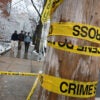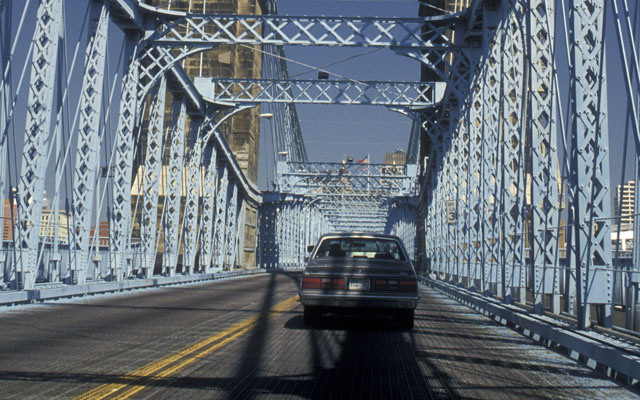Thankfully there were no fatalities in the collapse of the Interstate 5 bridge that crosses the Skagit River in Washington State last night. The thoughts and prayers of The Heritage Foundation are with the people injured and their families.
As is the case immediately following any tragedy, it is too early to know what caused the bridge to suddenly collapse. Initial news reports suggest an 18-wheeler with an oversized load hit the overhead structure of the bridge, triggering the collapse. Inspections by the National Transportation Safety Board will provide clarification in due time.
Yet what surely will come are the calls for more revenue and more infrastructure spending, as lawmakers, lobbyists, and other special interests seize the present political opportunity. This was the case following the tragic Minnesota bridge collapse in August 2007. Then, Members of Congress called for a higher federal gas tax, an infrastructure bank, and even additional funds for Amtrak, among other proposals.
As Heritage experts wrote then, these urgent calls for more spending—and revenue increases to pay for it—assume that insufficient funding for bridges was what caused the collapse in the first place. As reports revealed, a design flaw was chief among the problems.
It is also important to note that the Skagit bridge, built in 1955, is classified as functionally obsolete, which is another way of saying its design is outdated. A bridge can be functionally obsolete if its clearance is lower than required for newer trucks that might seek to pass over it, for example, or if the number of lanes on the bridge has not kept pace with an increase in the number of lanes of a connecting highway.
It doesn’t always make economic sense to update functionally obsolete bridges, either, if the number of vehicles that pass over it don’t lead to structural safety concerns or don’t justify the economic investment.
The growing chorus among some in the transportation community and on Capitol Hill has been to embark on an immediate and gargantuan spending spree to repair what they refer to as the nation’s “crumbling infrastructure.” Calling for sufficient repair and maintenance of the nation’s highways and bridges is not misguided. Much of this infrastructure—including the Skagit bridge—was built decades ago, is reaching the end of its useful life, and needs repair and modernization. And to their credit, even the alarmists point out that a safe, sound system of highways and bridges is essential to transporting goods efficiently across the country and facilitating economic growth.
But lawmakers should be wary when these alarmists and political opportunists let their cries suggest a national emergency of the acutest kind. In addition to waiting to see what inspectors find surrounding the Washington bridge collapse, lawmakers should consider the following questions before making any policy proposals:
- Is inadequate funding really the problem? No, but how available revenues are spent is. For decades, federal gas tax revenues deposited into the Highway Trust Fund have been diverted to pay for transit. In 2010, for example, 17 percent of these revenues went to transit, though it accounted for about 1 percent of the nation’s surface travel. This transit spending has done little to relieve congestion or improve safety. Other diversions have been to local activities, including bike and walking paths. In 2013, for example, Washington State must spend $12.3 million of its $655 million (about 2 percent) in apportioned highway funds on these activities. Given the constraints Washington, D.C., imposes, and its poor history of allocating resources, motorists and general taxpayers should rightly question whether Congress would wisely spend new revenues.
- What about the current fiscal crisis? While states and localities have infrastructure needs, including repairs and upgrades to their roads and bridges, the country cannot afford for federal lawmakers to write them a blank check. Washington, D.C., has seen four years of deficits over one trillion dollars, and though the Congressional Budget Office recently projected a smaller deficit for 2013 than originally anticipated, the reduction is a drop in the bucket when considering the coming entitlement spending crisis.
This bridge collapse should not give way to a frenzied search for new revenues, which will surely spawn so-called innovative and creative solutions to raise infrastructure funds. Rather, it should be a sober wake-up call to lawmakers that they must clean house—reexamine how they are spending available transportation dollars and redeploy them to programs that cost-effectively improve safety and mobility and reduce congestion.
Alan Pisarski is an independent consultant in Virginia.































